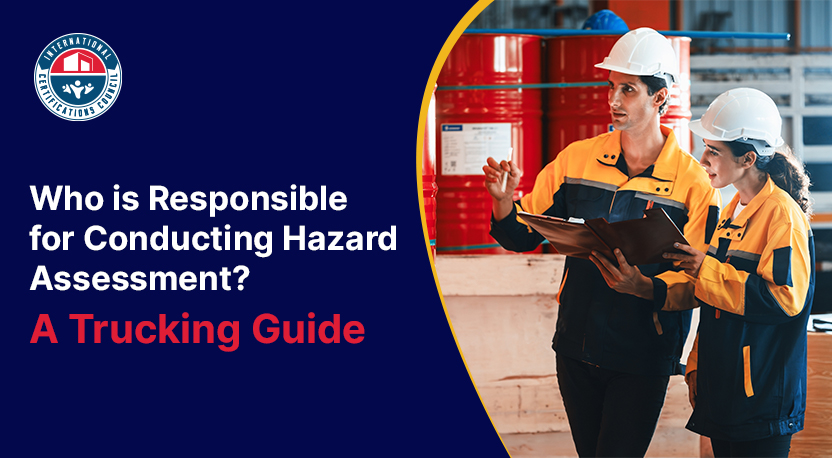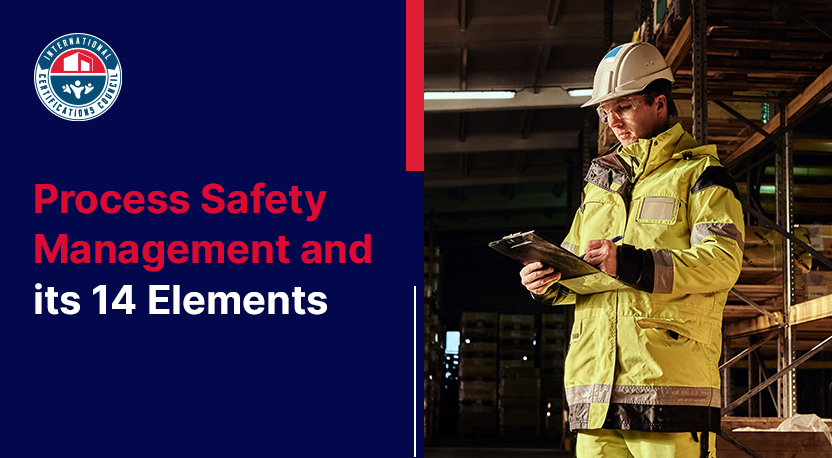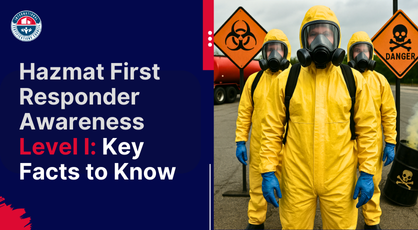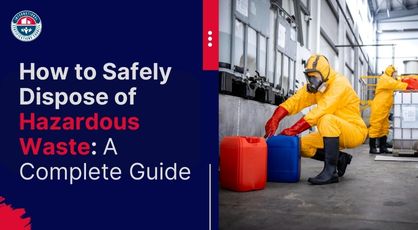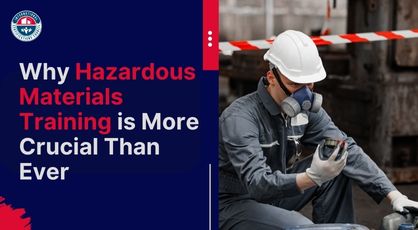If you are working in the transportation and logistics sector, it is very intelligent of you to have taken the time to understand hazardous materials and their classes. Hazardous materials and dangerous goods circulate throughout the country all year around. The US Department of Transportation and the Federal Motor Carrier Safety Administration understand that they have a significant degree of risk attached to them.
This is why it becomes very important for them to protect the citizens, drivers, companies, highways, public property, and everybody who comes in contact with these hazardous materials, especially when they are in transit. These materials have been categorized by the federal body into different classes. According to International Certifications Council, it makes it easier for you to understand them and the type of dangers that they might pose to anybody handling them. The following section talks about them in detail. Let's have a look:
Defining The Numerous Hazard Classifications As Listed By The Department Of Transportation
1. Class 1: Is Explosives
These substances can easily produce a lot of heat, light, and sound, and can cause a lot of damage at a very high speed. They can also create a lot of smoke, gas, and pressure. You will need special permits to transport class 1 materials. You are also required to follow preplanned routes and must avoid any crowded places, tunnels bridges, and places where it is easy for these materials to catch fire. A few examples are fireworks, ammunition, ammonium nitrate fuel oil, dynamite, blasting agents, and the like.
2. Class 2: Talks About Gases
As the name suggests, these gases are usually carried in compressed form. Some of them can be inherently dangerous and toxic at the same time. Several of them are flammable but even the nonflammable category is dangerous both to humans and public property. Because there is a very high level of pressurization involved, the potential hazard increases by multiples. Gases such as oxygen, helium, and propane can be very dangerous.
3. Class 3: Comprises Flammable And Combustible Liquids
Combustible liquids are very complicated. They have to be stored in very tightly sealed containers that do not let even a single drop out. Substances such as gasoline, adhesives, acetone, and paint in addition to certain pesticides are perfect examples of class 3 hazards.
4. Class 4: Includes Flammable And Combustible Solids (Dangerous When Wet)
These are flammable solids and they ignite easily. They burn rapidly and several of them are self-reactive substances. Also, They are understood as desensitized explosives and they combust very rapidly when they come in contact with air or water. They also release flammable gases and can be dangerous to humans and the environment.
5. Class 5: Talks About Oxidizers And Organic Peroxide
Oxidizing materials are highly reactive and can cause other materials to burn, corrode, or explode. Also, they are not combustible themselves but can lead to serious harm if left unattended.
6. Class 6: Is Poisonous Or Toxic Substances Or Poisonous By Inhalation
These substances can be very toxic when inhaled. They are highly infectious as well and can lead to serious injuries and problems for anybody who comes in direct contact with them. Live pathogens, pesticides, and substances such as lead are common examples.
7. Class 7: Talks About Radioactive Materials
These substances emit radiation. Ionizing radiation in particular can cause dangerous outcomes and long-term health issues in humans. If you are transporting these materials, you are going to require a special kind of permit and highly sophisticated training. Uranium and plutonium are a few examples that fall under the category.
8. Class 8: Mentions Corrosive Substances
Corrosive materials are also very dangerous because they can disintegrate or degrade other materials when they come in contact with them. For example, if anybody is handling these materials directly, they will be required to wear special protective coverings on their hands and every exposed part of their body. The corrosion rate can be anywhere between extremely acidic to extremely basic which can have very extreme harmful effects on human beings and also other substances.
9. Class 9: Includes All The Miscellaneous Hazardous Or Dangerous Goods
All the goods and materials that do not fall under the categories or classes mentioned above can be categorized here. A few examples include substances transported at elevated temperatures, magnetized materials, regulated substances, modified organisms, microorganisms, materials, and chemicals used in biological experiments.
Do You Need Hazmat Training?
If you are a hazmat employer, you must have hazmat employees working in your organization. These individuals are responsible for handling and managing hazardous materials. They are also expected to uphold and follow hazardous materials regulations to do their job right. An employee who is performing any of the following activities will require regular hazmat training:
- Somebody who is responsible for supervising the transport of hazardous materials in commerce whether within the city or across city and state lines
- An individual working directly in contact with hazardous materials when they are being stored or shipped in commerce
- An entity that works to repair or modify containers, drums, or packages that are used in the transport of hazardous materials
- Somebody who stores, conveys, manages, preserves, and distributes hazardous materials in addition to managing its safety and warehousing
- Individuals responsible for preparing hazardous materials for transportation and also loading, unloading, and handling them between destinations
- An individual who operates a vehicle that is used to transport hazardous materials to their destination
- Persons directly responsible for implementing and maintaining safety protocols for the prevention of hazardous material-related accidents in the workplace
- A team of employees directly involved in manufacturing, testing, conditioning, repairing, modifying, marking, and sealing hazardous materials for transportation
Conclusion
As a hazmat employer, you must understand the 4 general types of requirements related to hazardous materials regulations. There are operational rules, identification and classification, hazard communication, and packaging requirements as well. All of these must be treated as separate training modules when you are in the process of educating your hazmat employees. It is never advised to take this lightly because it is a matter of your safety and compliance as well. Experts such as ICCouncil are there to help you out when you are in need of high-quality hazmat training online. It is time to take it seriously.


